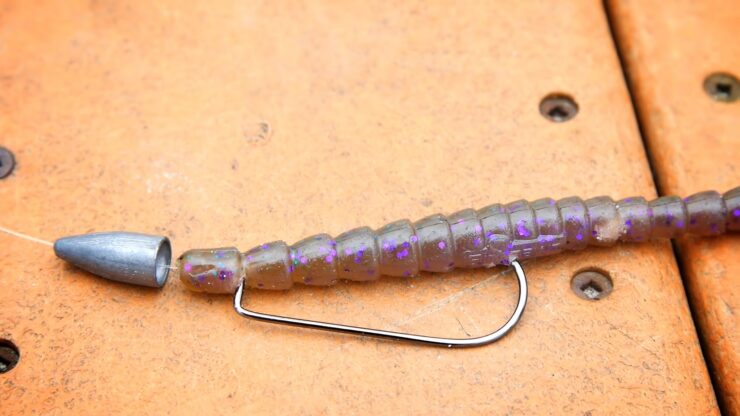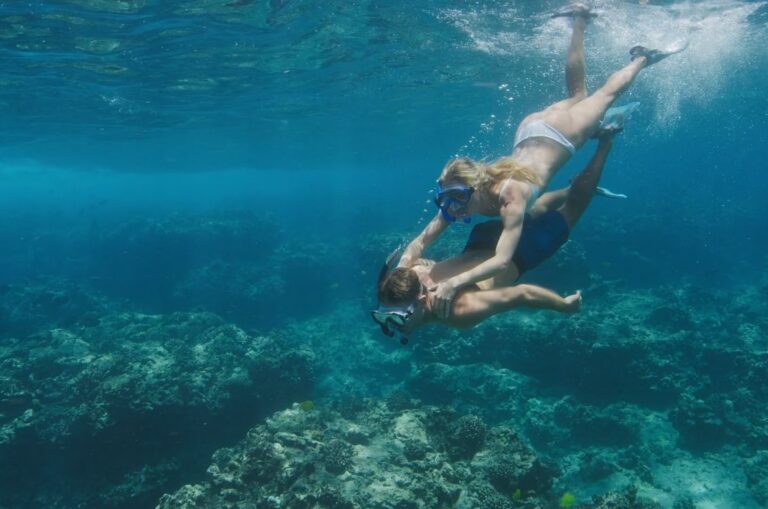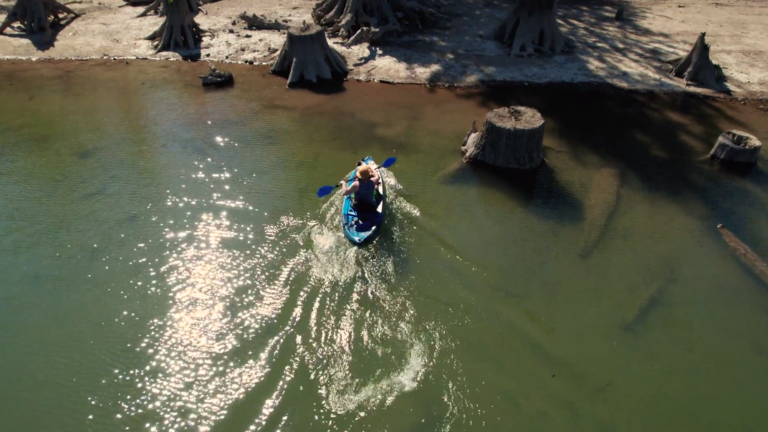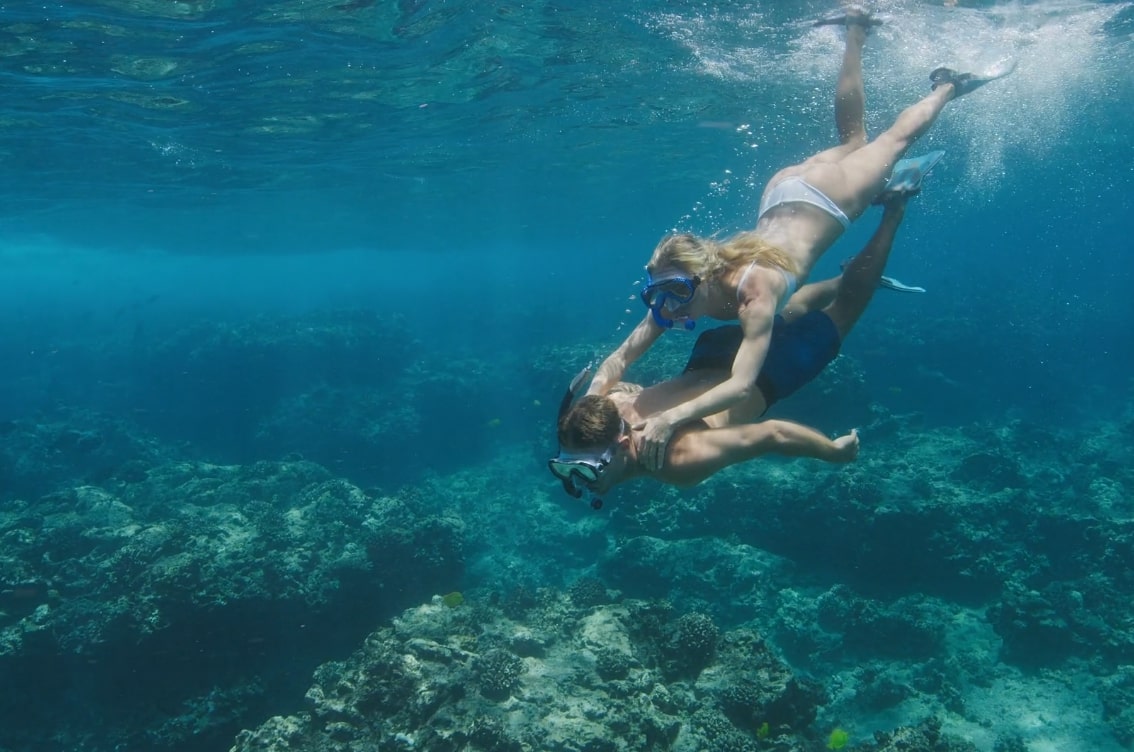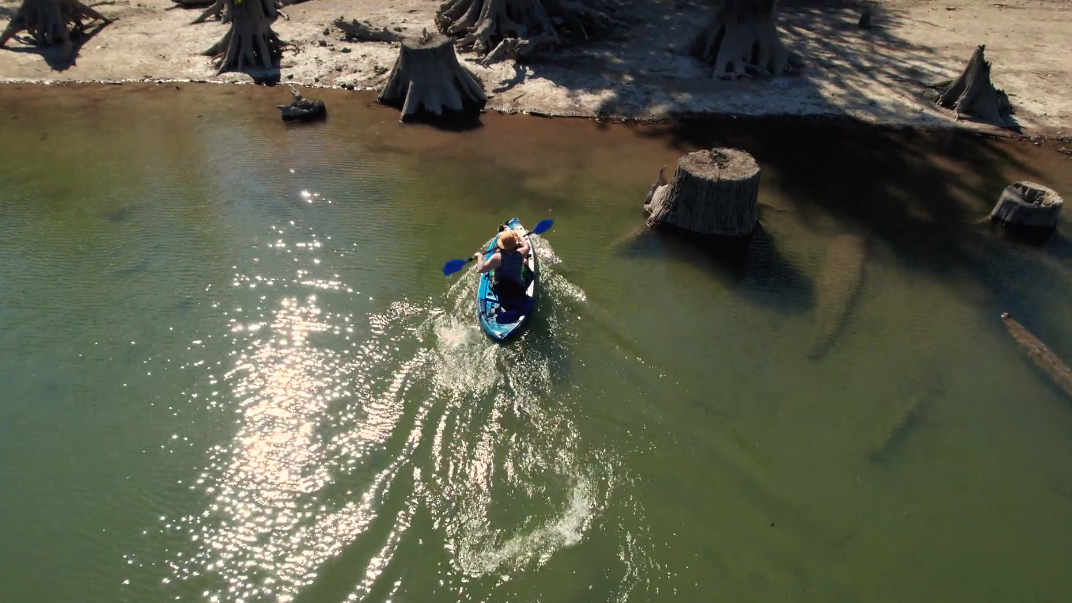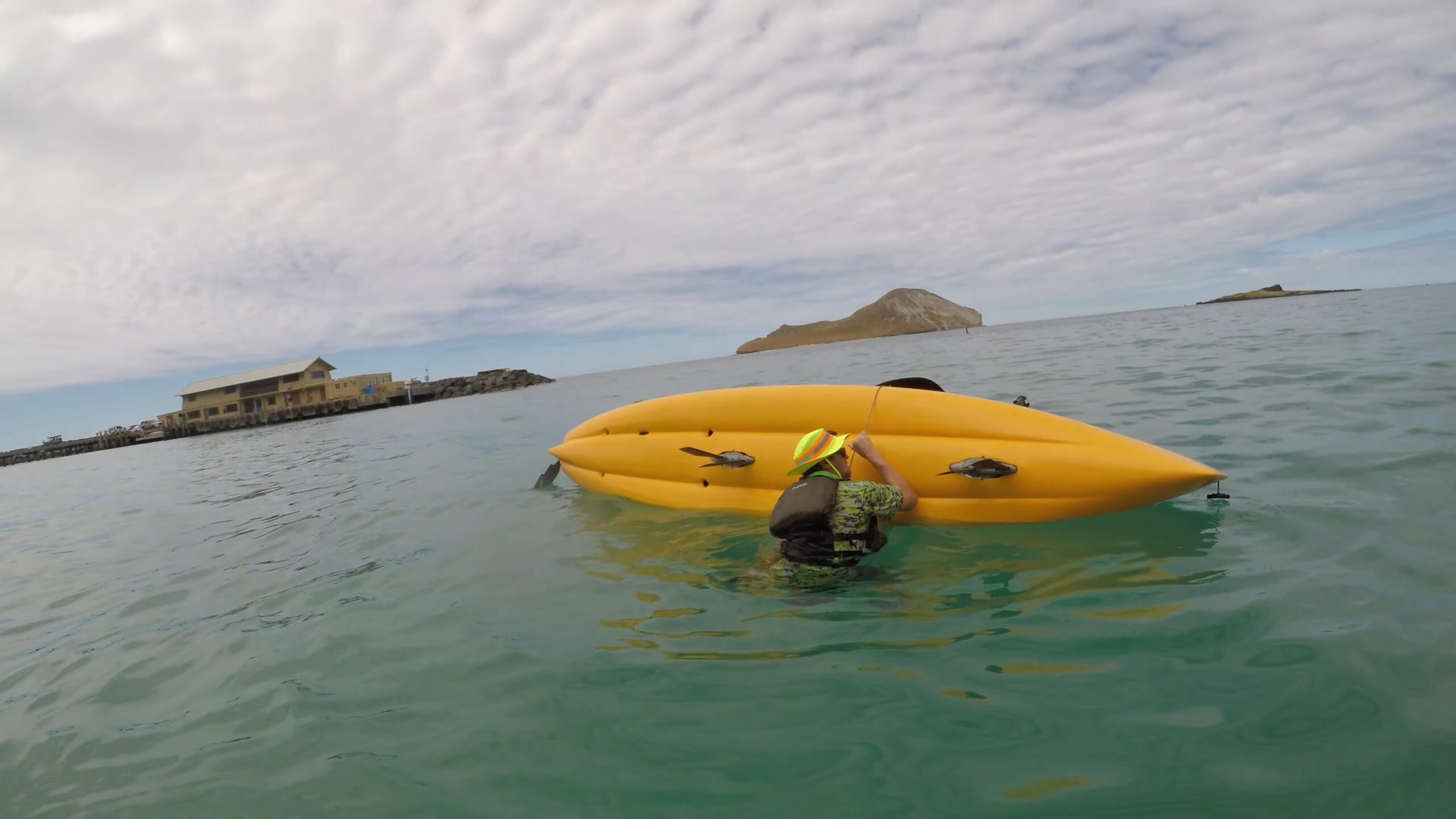1949 was a very important year for bass fishermen.
The Soviet Union tested its first nuclear bomb, China became a communist country, the first Polaroid cameras hit the market, and in a humble basement in Akron, Ohio, Nick and Cosma Creme experimented cooking up vinyl, oils, and pigments to use in making soft, pliable, life-like artificial worms to catch bass with.
Word of the new lures spread, and the ‘rubber’ worm was soon declared to be the #1, an absolute best lure for bass, ever (and it still is….). The Cremes began selling their creations by mail order in 1951 (6 for $1.00), but the demand quickly outpaced the supply. They formed the Creme Lure Company, and established a manufacturing facility in Akron, Oh.
In the late 1950s, numerous reservoirs had been completed in the south, especially Texas and Oklahoma, and were gaining reputations as hot bass spots. The Cremes moved their plant to Tyler, Texas, and the rest, as they say, is history.
Other companies soon began producing these squiggly pieces of bass heaven, and different designs were offered. Wayne Kent began experimenting with tubeworm designs and formed the Knight Lure Company in 1965. In 1989, Knight and Creme merged to become the largest producers of soft-plastic baits in the world.
Table of Contents
ToggleThe Evolution of Plastic Worms
In 1977, a game machine technician named Ed Chambers began pouring custom plastic baits. He and his friend Ed Wortham made unique shapes that resembled crawfish, minnows, and some things that only exist in nightmares. The young man who made the molds for them was named Zimmerman, and was nicknamed, “Zoom”. When people would ask, “Who made this?”, they would say, “those were made by Zoom”. The company was eventually called Zoom.
The last big player in the worm industry arrived in 1972. In a small Louisiana town, a few people began using pressure cookers to melt the plastic, allowing them to make thinner extrusions, resulting in the birth of the curly-tail worm, and the Mr. Twister Bait Company was born. In 1982, they became part of the Mepps Lure Company. These are the Big Three in plastic worms.
Today, any tackle shop you go into is likely to have an entire wall filled with nothing but soft plastic baits. They are the #1 bass bait you can buy, even surpassing live bait.
They are also one of the least expensive lures you can buy. More bass tournaments have been won with plastic worms than with any other lure.
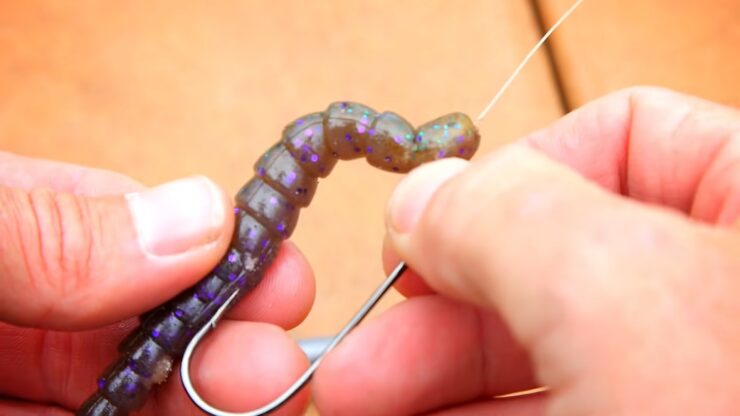
They are as close to a guarantee as you can get. They can be fished deep, or shallow. They can be used in open water, or right in the middle of dense cover. They work in all seasons, in all waters…anywhere bass live. Why? Because there is nothing a bass loves better than a large, squishy, meaty mouthful of an annelid. A hapless nightcrawler that finds itself in the water with bass is a free meal. It can’t get away, and it can’t fight back.
There are three ways to rig a plastic worm.
The Texas Rig is the most common and is 100% weedless. The only way to hang this rig up is by wrapping it around something like a tree limb. A special worm hook, with an extra-large hook gap, is usually used, but you can use a standard Carlisle or Aberdeen hook as well.
The hook is inserted into the ‘head’ of the worm, threaded to the ‘collar, then the point is pushed out of the body. The hook is then rotated 180° and the point is buried back into the body of the worm so that the worm swims straight. A cone-shaped ‘worm’ sinker is threaded on the line above the hook and allowed to slide all the way down, forming another worm ‘head’.
The Texas Rig
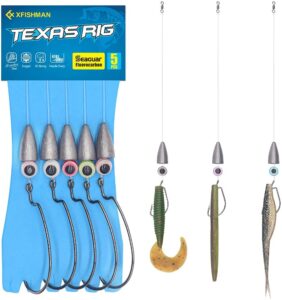
These are usually fished in heavy cover, with stiff rods, and heavy line, so you can get an instant hook set, and drag the bass from the cover before it can wrap the line around something.
You cast it directly into cover and fish it very S-L-O-W-L-Y, as slow as you can stand it.
Just raise the rod tip slowly every so often, and crawl the worm across the bottom. When a bass picks up the worm, the weight slides, so the bass does not feel the weight. Anytime you feel a ‘peck-peck’, you need to set the hook just a shade faster than instantly, and hard. When the hook is set, the point of the hook drives through the worm body, and into the bass’s mouth. Then the fight is on. You need to use a strong reel with heavy gears so you can drag the bass from its cover immediately. Bait-casting reels are preferred.
The Carolina Rig
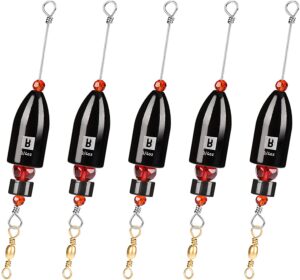
The Carolina Rig is similar to the Texas Rig, except the weight is rigged above a swivel that keeps it 12” to 18” away from the worm. This allows the worm to ‘swim’ rather than crawl, like the Texas Rig. This rig can be fished a little faster, but still slow compared to other lures. You just cast out, and retrieve by raising your rod tip to the 12 o’clock position, then reeling in slack as you lower the rod tip. Wait a bit, then repeat. Set the hook anytime you feel resistance.
Which one is better? It depends.
The Carolina Rig allows you to cast farther, and work more areas quicker. But, the Carolina Rig is not as weedless, and can’t be used in very dense cover. It also doesn’t sink as fast, so it is not as good for working ledges and drop-offs. This is where the Texas Rig shines. It allows you to crawl the worm across the bottom, into every nook, cranny, and hole.
Wacky Worm Style Rig
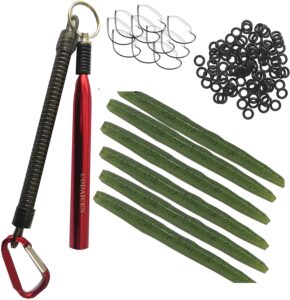
The third way to rig a plastic worm is Wacky Worm style.
Just stick a hook through the middle of the worm. It is fished with very light weights, such as split-shots, or with no weight at all. You just cast it out, and allow it to slowly sink, twitching the rod tip gently every so often.
This makes the worm spasm and will drive fish crazy at times.
This rig is best in smaller streams and rivers, rock piles, and overhangs. The worm will be shallow enough for you to see it, so when a bass takes it, you will know it.
As for colors, many will tell you to use bright colors in dark, or stained water, and dark colors in clear water. My advice is any color is fine…as long as it is purple. Most other old-timers will tell you the same. It may be that purple works so good because it is one of the last colors to disappear as the worm sinks. Purple also radiates in the ultraviolet range, so a bass may see it differently than humans. This is just speculation on my part. I have never seen a live purple worm, but that is the color to use if you want to catch bass consistently, in my opinion.
If you are serious about catching bass, there is no better way to start than by learning to use plastic worms. Give it a try sometime.
Happy fishing…
Meet Maria Alexander, the fearless adventurer steering the ship at KayakPaddling.net. Her mission? To convince you that life’s too short for dry land and that the best stories always start with “So there I was in my kayak…”
Related Posts:
- 12 Best Fishing Lures Ever 2024 - Baits That…
- Heavy Duty Fishing: 11 Best Rods And Reels For Big Fish 2024
- 10 Best Saltwater Fishing Boats - Ultimate Angling Adventure
- 16 Best Kayak For Beginners 2024 - Kayaking Adventure Gear
- 12 Best Kayak GPS 2024 - Find Your Way to Adventure
- 10 Best Inflatable Kayak 2024 - Rivers, Lakes & Open Seas

